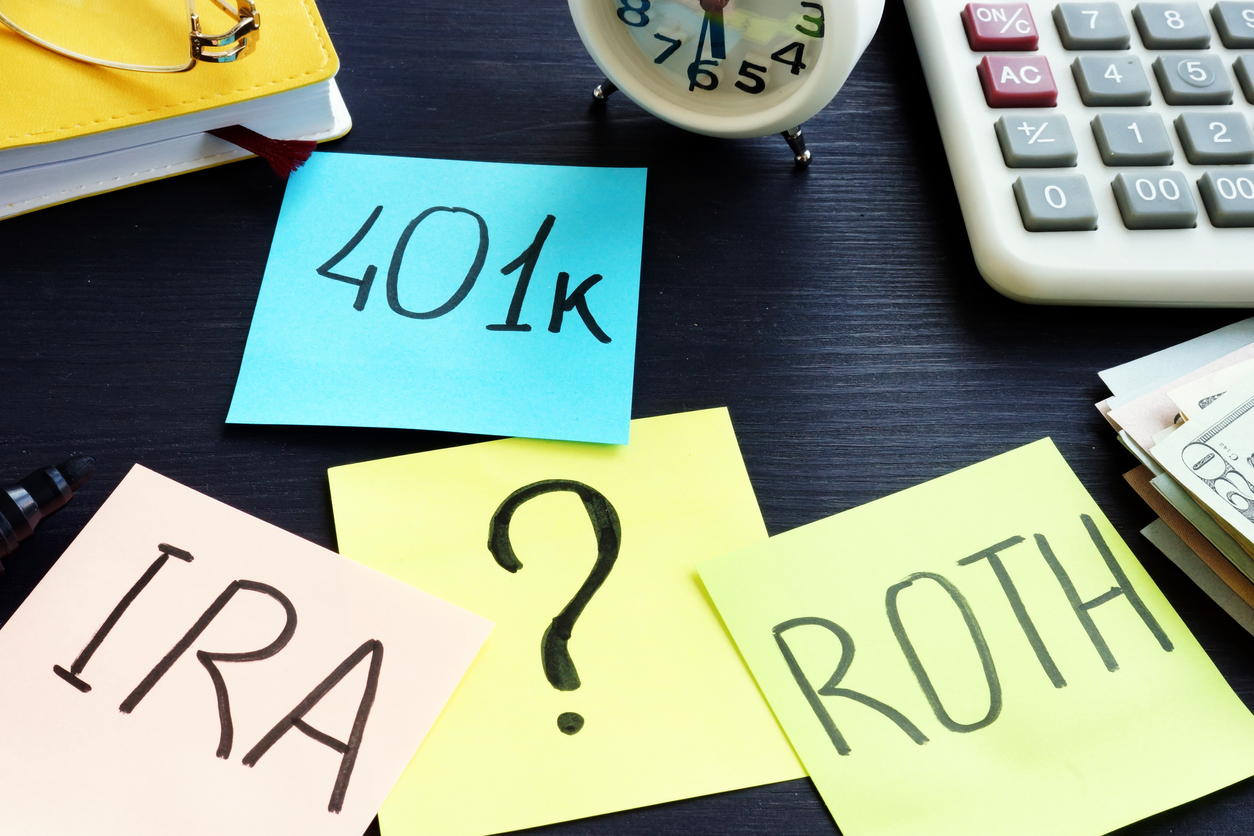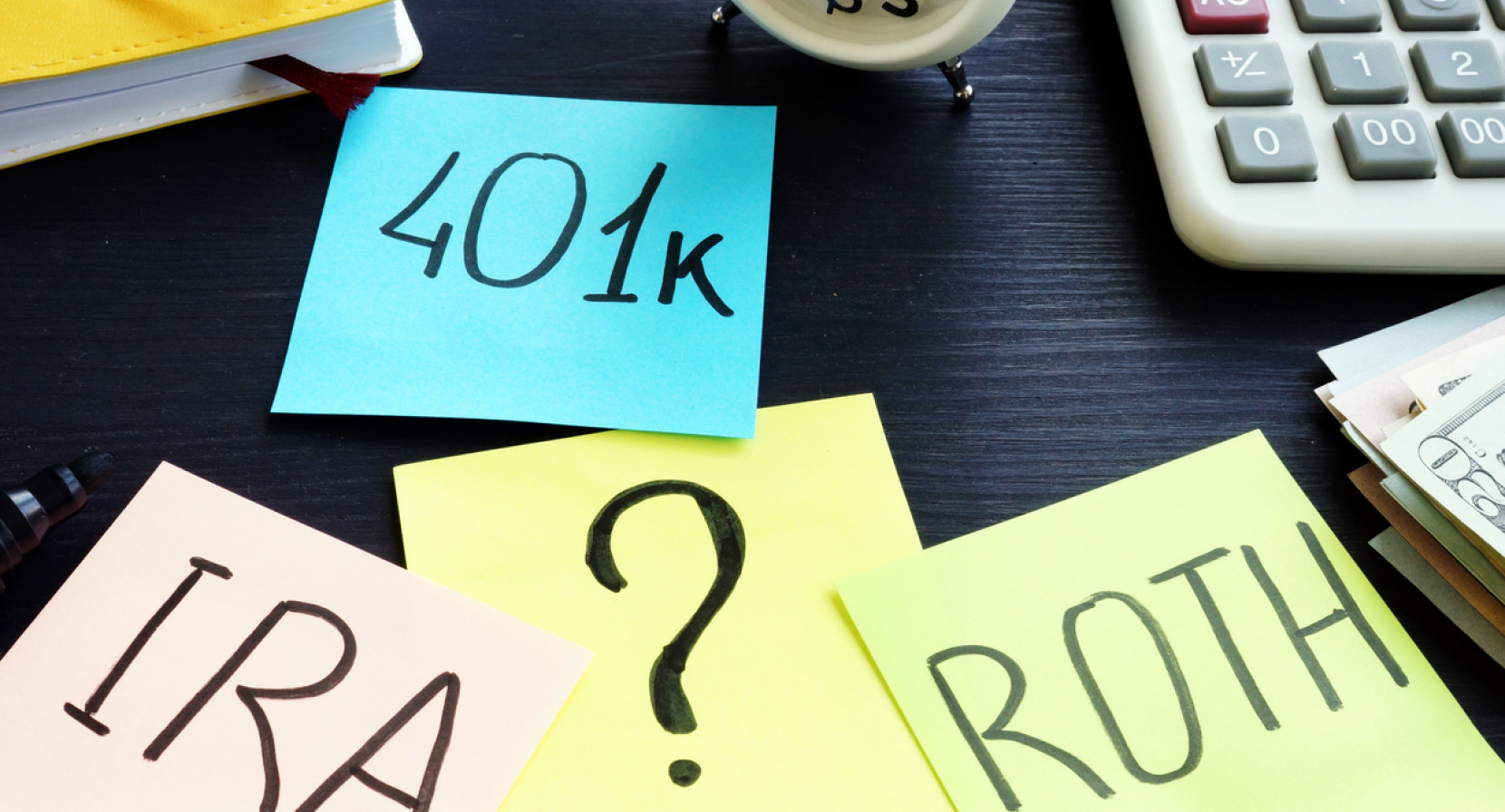If your retirement savings could use a boost, the newly-passed SECURE Act version 2.0 contains some provisions designed to help you save more but that also might change the tax deductibility of those added savings.
A boost for those trying to catch up
Under current law, workplace retirement plan participants age 50 or older are eligible to make “catch-up” contributions of $7,500 above and beyond the normal contribution limit of $22,500 in 2023. Under the new law, beginning in 2025, the catch-up amount for those age 60-63 will rise to the greater of $10,000 or 150% of whatever the 2024 age-50 amount is.
Why is this restricted to those age 60-63? I couldn’t find a good explanation.
The other important change related to catch-up contributions is that if you are a “high-paid participant” (you make $145,000 or more), any catch-up contributions you make beginning in 2024 must be Roth contributions.
What’s really changing
Reading through the new law’s fine print, it’s easy to get the sense that the most important change being ushered in by this catch-up contribution provision within SECURE 2.0 is what some analysts are calling the “Rothification" of workplace retirement plans.
When the Roth option was introduced to workplace retirement plans, that seemed like a welcome change, and for many people, especially younger, lower-earning workers, it was. However, many workers—especially higher-income workers—continue to prefer the immediate benefit of making tax-deductible contributions.
With the government having to balance the competing goals of motivating more people to save for retirement and also receiving tax revenue sooner than later, SECURE 2.0 appears to have been designed with that latter goal in mind, pushing more high-income savers toward the Roth.
As pointed out in an analysis of the new catch-up rule, the law firm Morgan Lewis emphasizes that, beginning in 2024, high-earning workplace plan participants will no longer be able to make pre-tax catch-up contributions.
Plan sponsors that currently offer catch-up contributions but do not offer Roth contributions will need to add a Roth contribution feature or eliminate altogether the plan's catch-up contribution feature. (SECURE Act version 2.0 requires that a plan offering a catch-up contribution opportunity must include the Rothification of catch-up contributions by High-Paid Participants.) As it seems unlikely that many plan sponsors would want to eliminate an existing catch-up contribution feature, the net impact of this SECURE Act version 2.0 change is likely to be the expanded availability of Roth contribution features in employer-sponsored plans.
Again, this will likely be viewed positively by younger, lower-earning workers, but may be viewed negatively by higher-earners.
There are quite a few provisions in SECURE 2.0 that will impact people saving and investing for retirement. Here’s a good summary. It would be worth your time to familiarize yourself with them and consider how they may impact you.









